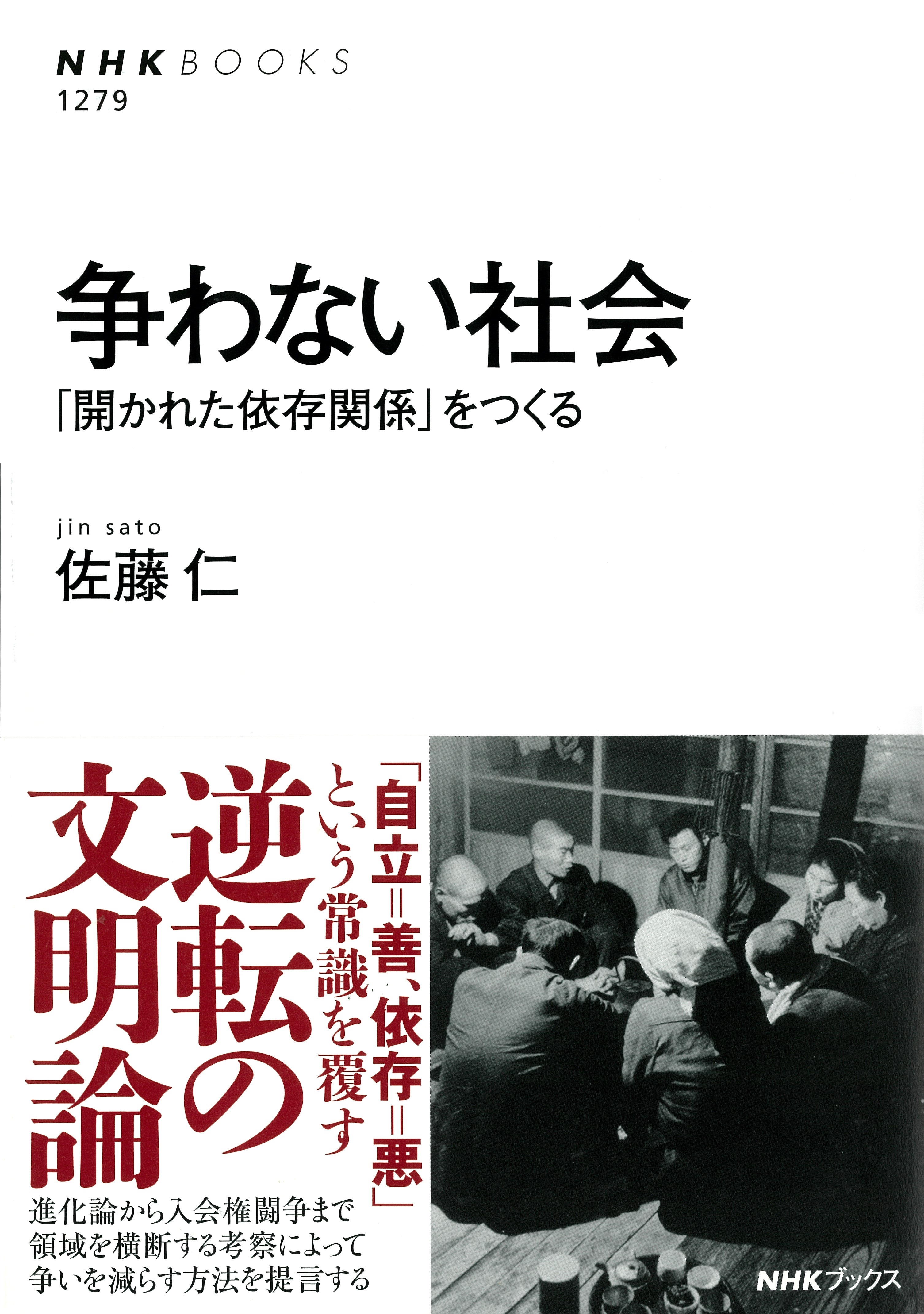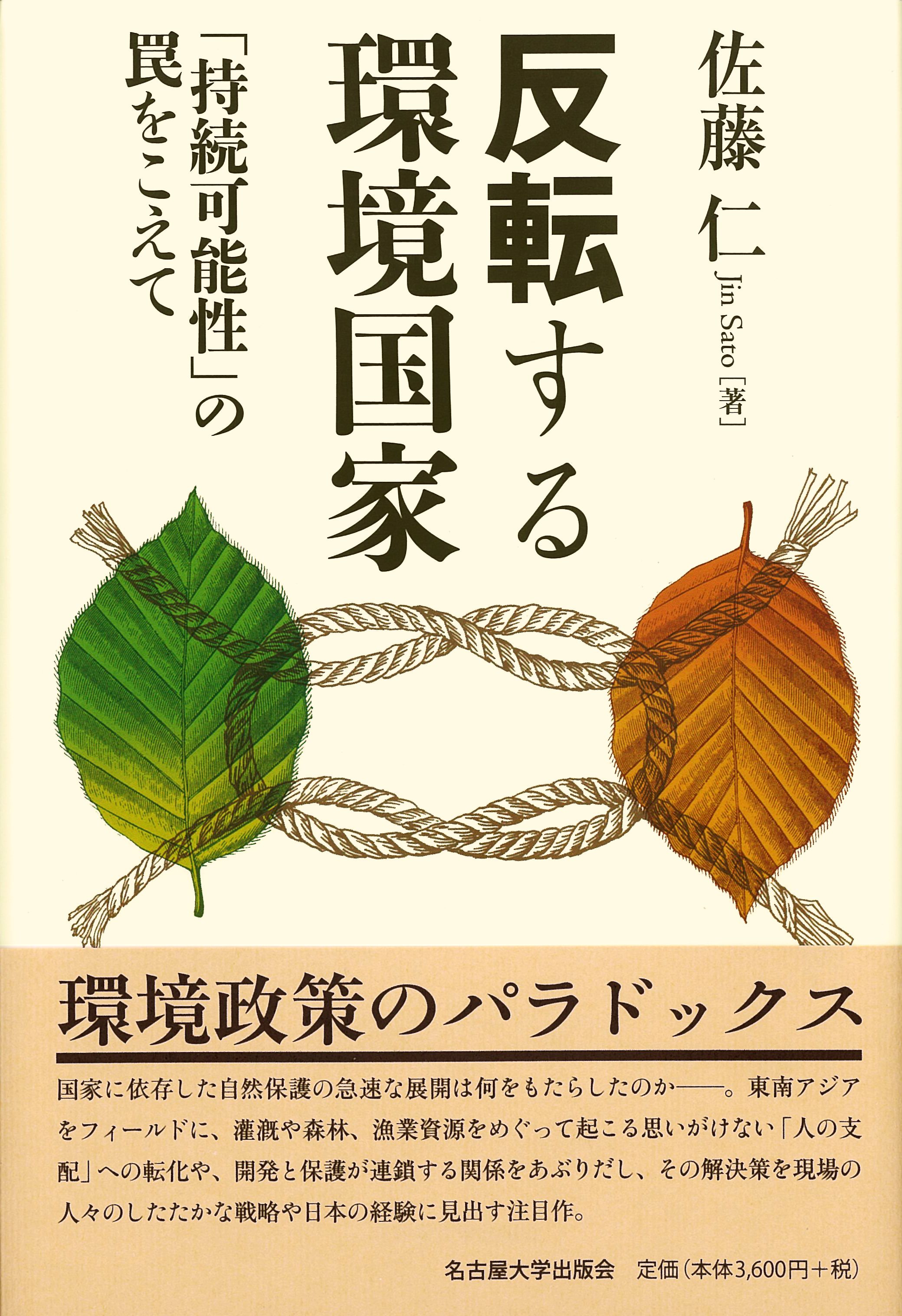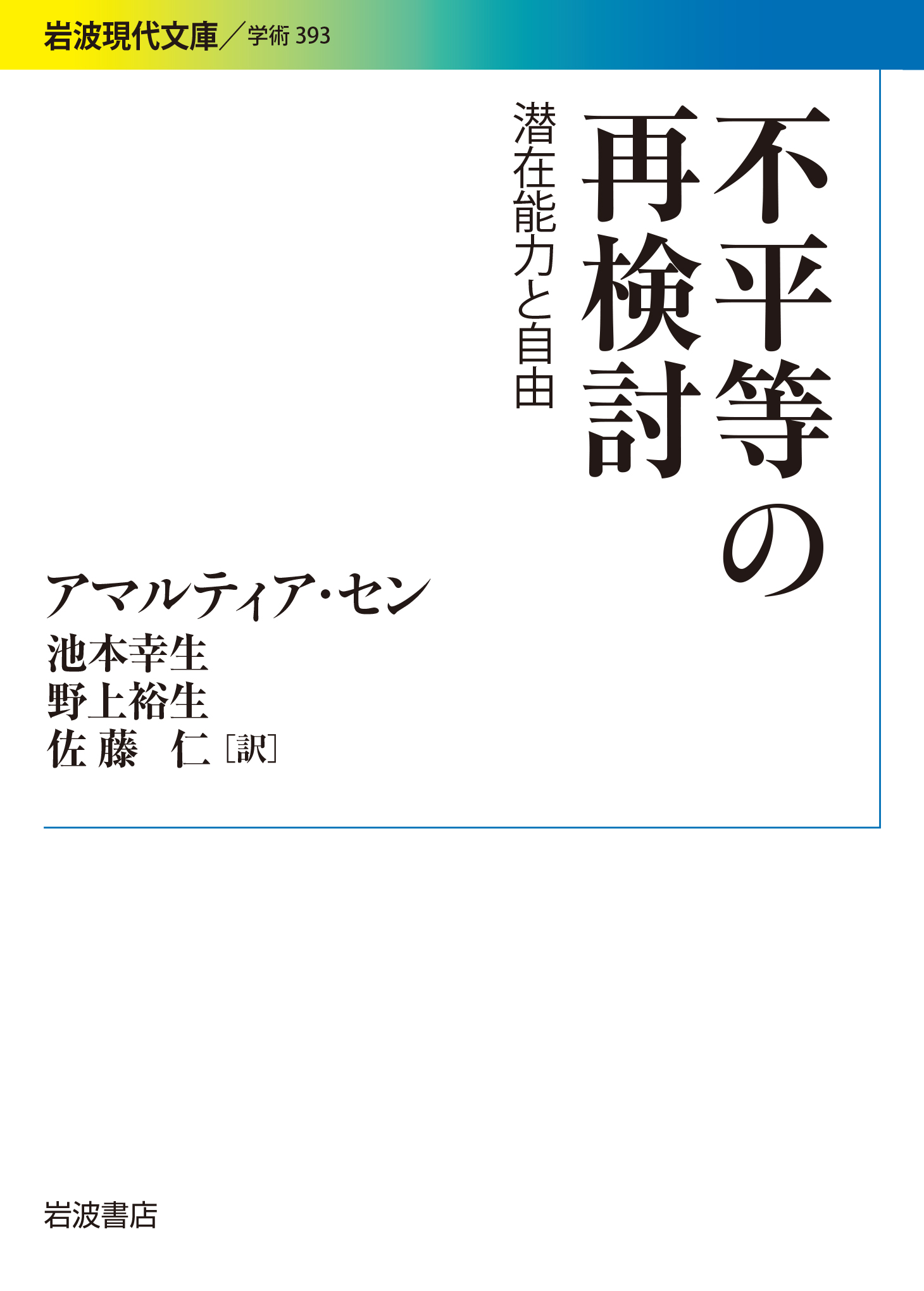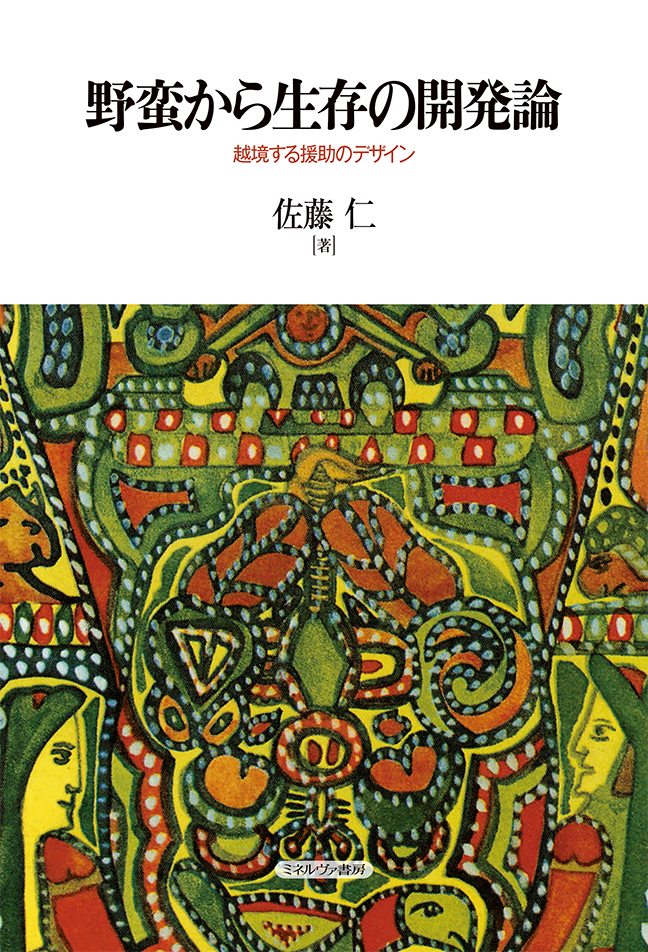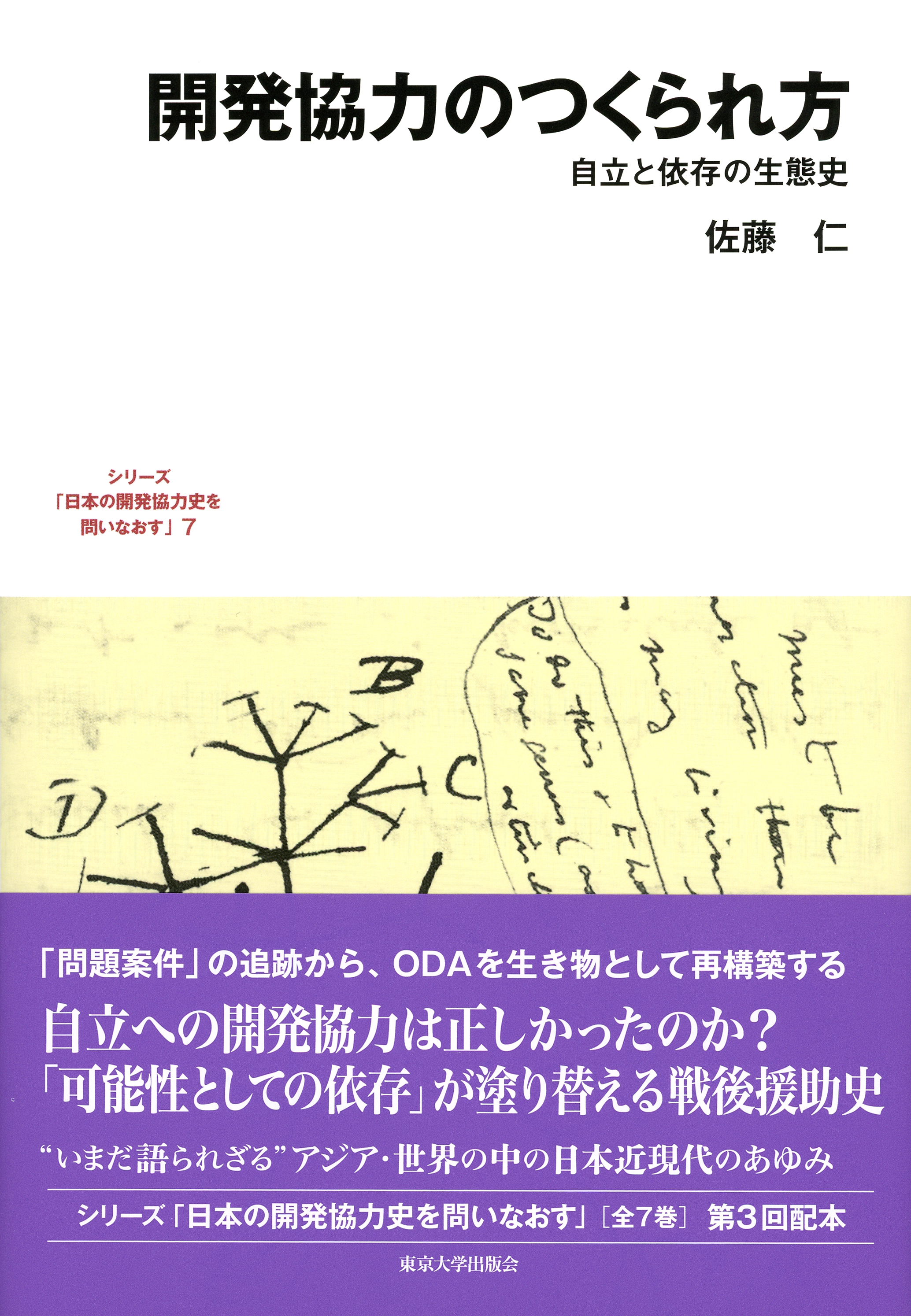
Title
Reexamination of the history of Japan’s development assistance 7 Kaihatsu-Kyoryoku no Tsukurikata (The Making of Development Assistance - An ecological history of self-reliance and dependency)
Size
352 pages, A5 format
Language
Japanese
Released
May 27, 2021
ISBN
978-4-13-034326-8
Published by
University of Tokyo Press
Book Info
See Book Availability at Library
Japanese Page
The usual way of beginning a study on development cooperation is to ask, “Did this project or program assist in the achievement of its targeted aims?” Such a study may seek to determine whether specific cooperation helped in reducing poverty, improving literacy rates, bolstering agricultural productivity, and so on. This kind of questioning is useful in extracting practical lessons. Such a solution-oriented approach, however, may obscure how the “the root of the problem” occurred in the first place, and issues regarding the broader effects engendered by the “solution.”
This book depicts the history of development cooperation by asking a completely different question: “What has development cooperation done in the past?” This “doing” has important consequences in domains that transcend the question of whether a development cooperation project helped in achieving the specific goals stated in the planning document. Consider the case in which an anti-poverty project continues, despite it being criticized for being ineffective in reducing poverty. One can believe that this assistance is “doing” something other than alleviating poverty. Further, one may discover that development cooperation aimed at bolstering “self-reliance” in a certain domain has, in fact, created a certain “dependency relationship” among various actors in another domain. I have used the term “ecological history” in the subtitle of this book because I believe that long-term changes in such relationships are strikingly similar to the evolution of organisms.
Effects beyond the original intentions of the implementing agencies and project planners are seen at sites in developing countries located far from Japan. While there may be no immediate repercussions, the impact will be especially discernible several decades after the completion of large-scale infrastructure assistance. In my book, I have looked at the history of postwar Japan’s development assistance to identify “pivotal moments” that have, thereafter, determined its course. I have subsequently made my own interpretation of the historical succession linking such events with those that follow. The original contribution of the book that I take special pride in is the observations based on my fieldwork surveying the aftermath of the controversial projects implemented during the 1980s, an era of heated criticism against the Official Development Assistance provided by Japan. These projects were labeled as “destroyers of livelihoods,” “exporters of pollution,” “hotbeds of corruption,” etc. Details are present in the book, but an interesting finding was that many of these “controversial projects” actually produced positive results, which are much appreciated by local people today.
The essence of Japan’s development assistance can be explained less by focusing solely on the intentions or plans and more by focusing on the pressures that made subsequent results virtually inevitable. These “pressures” differed by historical period. During some eras, the pressures were exerted by the big donors such as the United States, and in other eras, they were exerted domestically by private organizations, including companies, non-governmental organizations, etc. Developmental assistance, therefore, was less the creation of central government bureaucrats, and more a result of the interplay among various actors. These “outsiders” posed a challenge to the mainstream concept of trying to manipulate the future with plans and intentions. This book is to ascertain the extent to which these challenges succeeded, and discern if the lessons learned from these endeavors can foster ideas for better development assistance in the future.
(Written by SATO Jin, Professor, Institute for Advanced Studies on Asia / 2021)



 Find a book
Find a book


 eBook
eBook